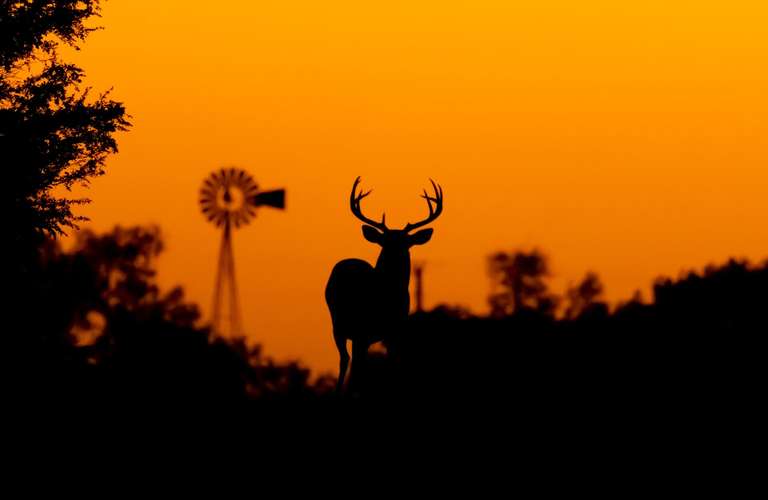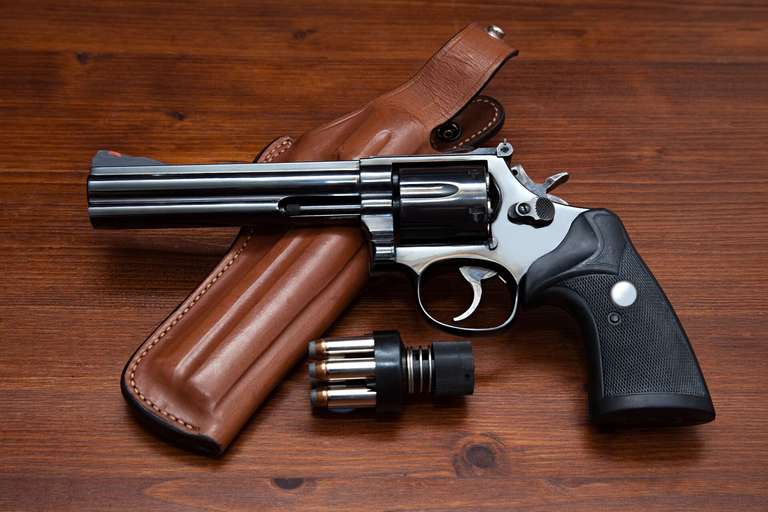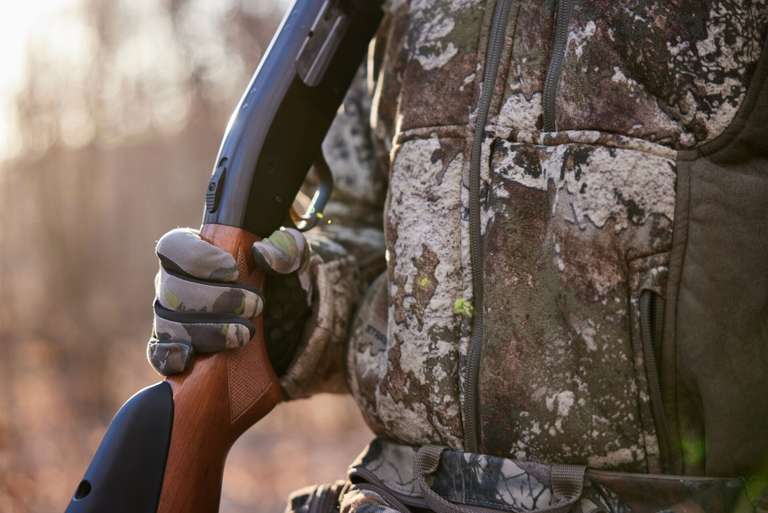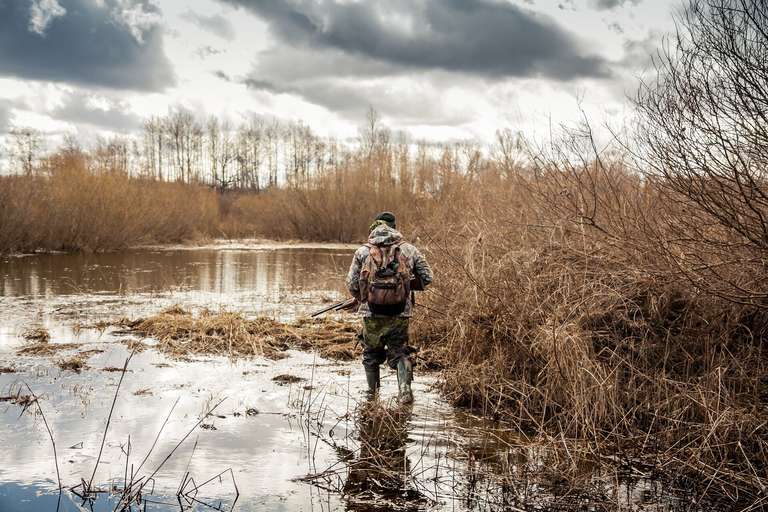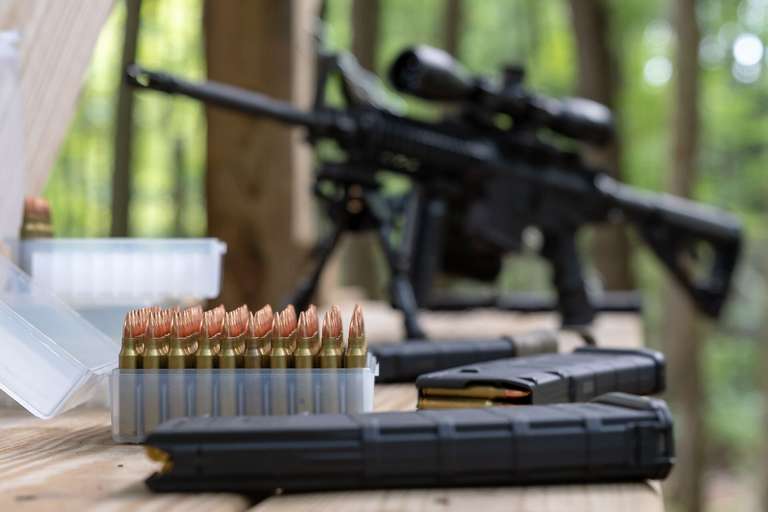What Makes Hunting a Safe Outdoor Activity? [10 Reasons]
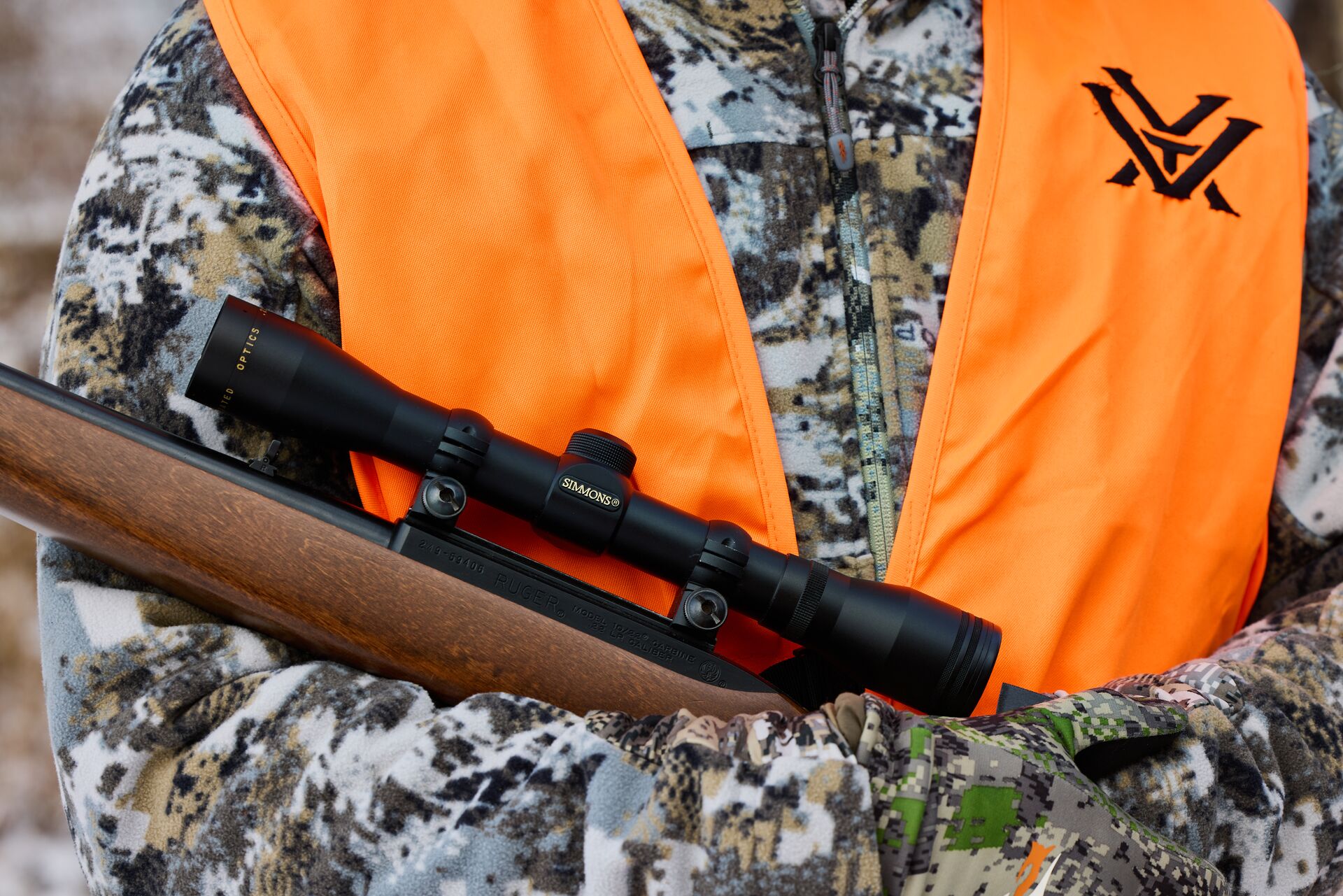
For generations, the tradition of hunting has connected people to nature, improved America's conservation initiatives, and built lasting memories for families and friends.
For those new to this cherished outdoor activity, one of the more common questions you may have is: Is hunting a safe activity?
While any activity has risks, hunting is safe when hunters follow best practices in the field and the four universal firearms rules. So, what makes hunting a safe outdoor activity? Here are our top ten reasons why it's safe and how quality education and proper preparation contribute to its safety.
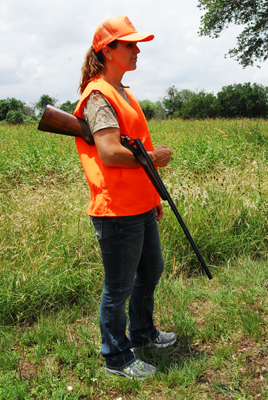
1. There Are Education and Training Requirements
Completing a state-certified hunting education course is one of the most significant contributors to safe hunting.
Mandatory hunting safety courses expose new and experienced hunters to critical topics like firearms handling, hunting regulations, conservation tactics, first aid, field skills, and ethical hunting practices, such as the important concept of fair chase.
Depending on the hunter's age, most states require the completion of a hunting safety certification program before a license or tag can be purchased. This regulation ensures that all licensed hunters of all experience levels understand the basic fundamentals of operating safely and legally in the field.
2. States Enforce Strict Rules and Regulations
Every state creates and enforces comprehensive hunting regulations that stipulate seasons, daily limits, possession limits, shooting hours, and the type of game hunters can harvest. These rules are in place to ensure sustainable practices that create a balance between wildlife conservation and hunter success.
State and federal wildlife agencies also regulate the use of firearms, bows, and other weapons to promote the ethical harvest of animals. There are also mandated safety requirements for shooting near roads, dwellings, and vehicles.
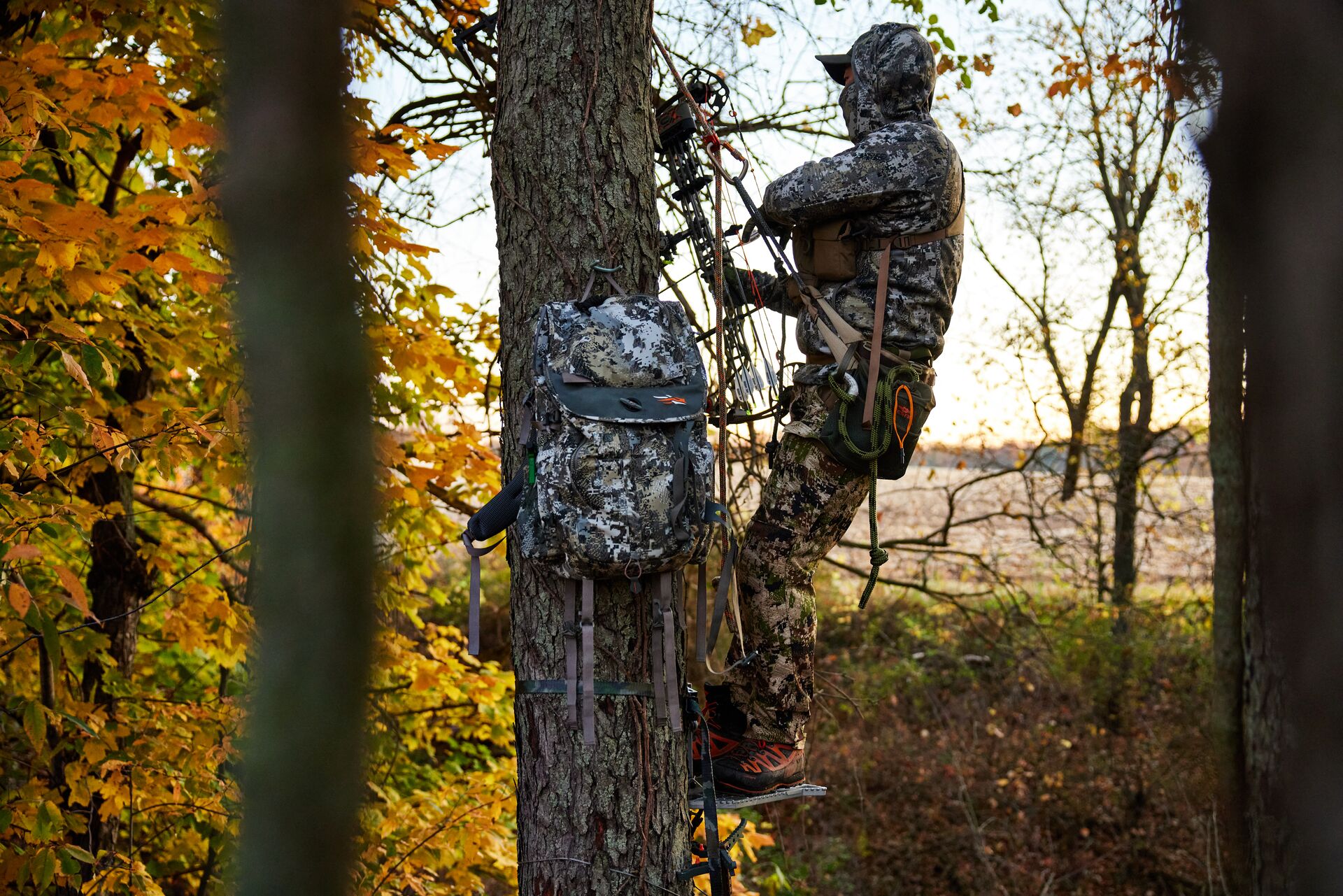
3. The Emphasis on Safety Equipment
There's a reason states mandate specific safety equipment. Years of data on hunter accidents and negligence have led to some fairly standard safety practices to reduce injuries in the field.
Some examples of safety equipment include:
- Blaze Orange Clothing: Hunters must wear blaze orange or fluorescent clothing during deer season and other seasons when multiple people may be hunting. This essential precaution can dramatically increase a person's visibility and reduce the risk of accidental shootings without sacrificing concealability from animals.
- Treestand Safety Systems: Falling from treestands is still one of the leading causes of hunting-related deaths and injuries. Proper safety harnesses and a Fall Arrest System (FAS) can prevent these accidents when hunting from elevated positions.
- First-Aid Kits: While states do not require a first-aid kit, common sense dictates you should have basic first-aid supplies and know how to use them. Since you will often be in remote areas where medical help is not always quickly available, consider participating in a Stop the Bleed program to learn how to deal with severe bleeding injuries.
Using the correct safety and first aid equipment can help you enjoy your time outdoors with confidence.
4. A Controlled Environment
For most Midwestern and Eastern hunters, hunting typically takes place in controlled environments. However, Western hunters have more opportunities to explore the backcountry in truly remote and isolated locations and have to be more skilled in camping, survival, and first aid.
Hunting in controlled environments with clearly marked boundaries can minimize accidental encounters with non-hunters (hikers, bird watchers, etc.). This helps all outdoor recreationists enjoy nature while adhering to established rules and remaining in safe locations.
5. Good Team Communication and Planning
There is an art to hunting in groups. People with firearms and rapidly moving animals can create situations where clear communications and planning are required to ensure everyone's safety.
So, good communication and planning help keep everyone safe. Discuss everyone's well-defined shooting zone and know where every member of your party is at all times. Also, know when there are "no shoot" situations to avoid accidents.
If legal in your state, use walkie-talkies to communicate in the field. You can also use hunting apps like HuntWise to share locations, plan movements, and stay connected.
You can prevent missteps and maintain situational awareness with proper communications and pre-hunt planning.
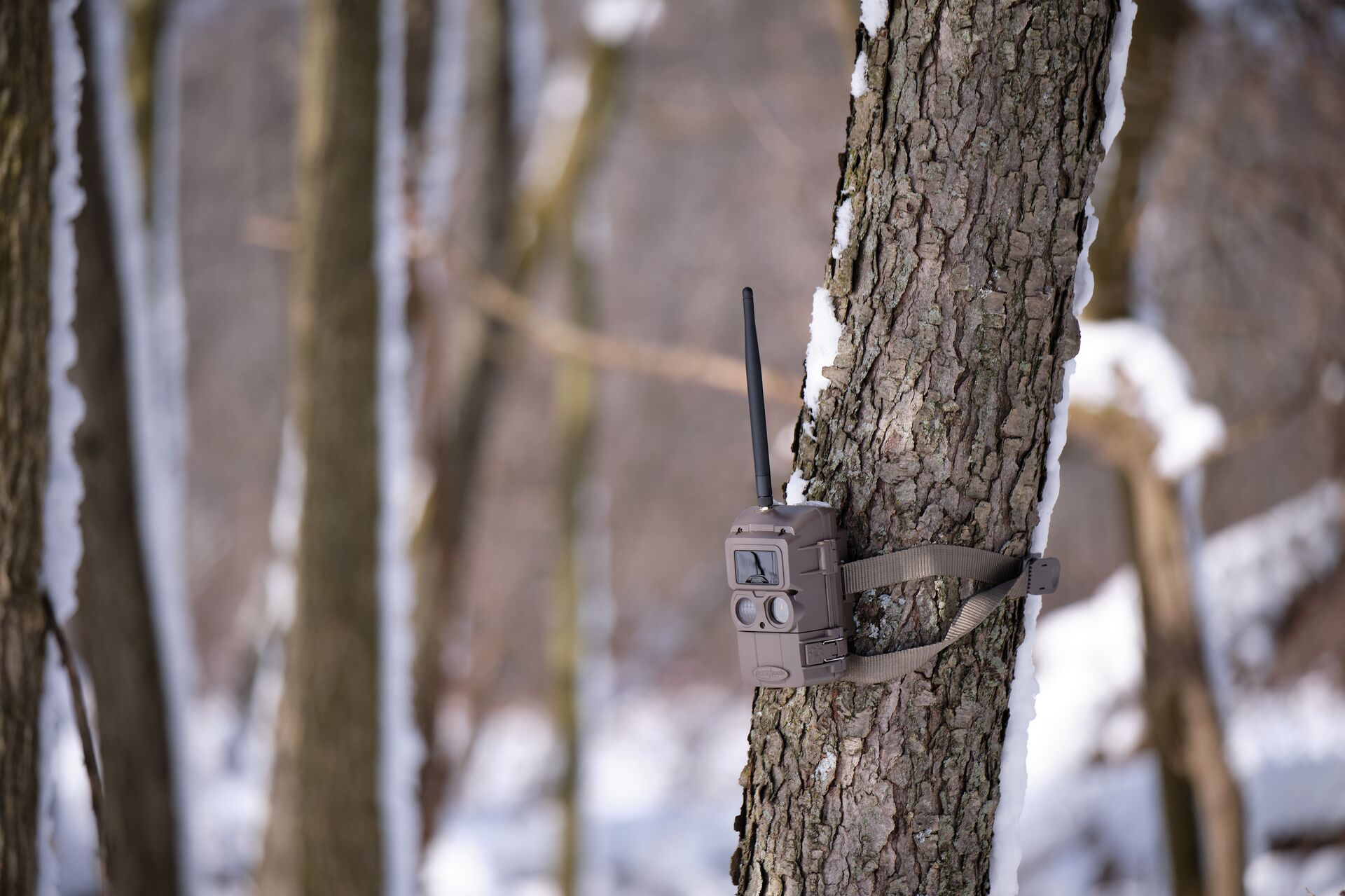
6. Using Modern Technology Enhancements
Technology has dramatically improved hunter safety and the chances of getting lost or stranded during a hunt.
Hunters can wear GPS tracking devices in a hunting pack or on a wrist. Plus, mobile apps with maps and live tracking can help hunters pre-plan routes, navigate unfamiliar terrain, and instantly mark and share their current location.
Additionally, remote tracking tools like trail cameras that can send pictures and video via cellular networks allow hunters to monitor game activity without spending excessive time in the field. This convenience allows the hunter to plan better routes to minimize exposure to potential risks.
While these technology tools can provide valuable safety benefits, they should complement — not replace — basic outdoor skills and safety practices. Always carry backup navigation tools and power supplies to charge your devices fully.
7. Responsible Firearm Use
Despite what popular culture might portray, the hunting community remains one of the more responsible firearms safety cultures. Most hunters have learned through education and experience that firearms are specialized tools that require respect and training.
For many, this process starts with a hunter education program where new hunters learn critical firearm safety principles, including:
- Always treat every firearm as if it's loaded
- Never point the muzzle at anything you aren't willing to destroy
- Know what lies in front of and behind your target
- Keep your finger off the trigger until you are ready to shoot
- Maintain positive control of your firearm with proper field-carrying techniques
- Securely store firearms when not in use
- Regularly inspect and maintain your firearms
Safety principles learned through hunting education often extend beyond the field. Many hunters are examples of responsible firearms ownership. They frequently teach firearms safety in their communities and share these valuable lessons with family members and friends.
8. Ethical Practices That Reduce Risk
Legally, your name is on every bullet or arrow that leaves your hand. Taking only accurate, lethal, and ethical shots you know you can make minimizes the risk of wounding an animal Or, worse, missing entirely and hitting an unintended target.
Being an ethical and safe hunter also involves knowing your personal limits and equipment limitations. This self-awareness, combined with proper planning, education, and preparation, can reduce the risk of dangerous situations from developing in the first place.
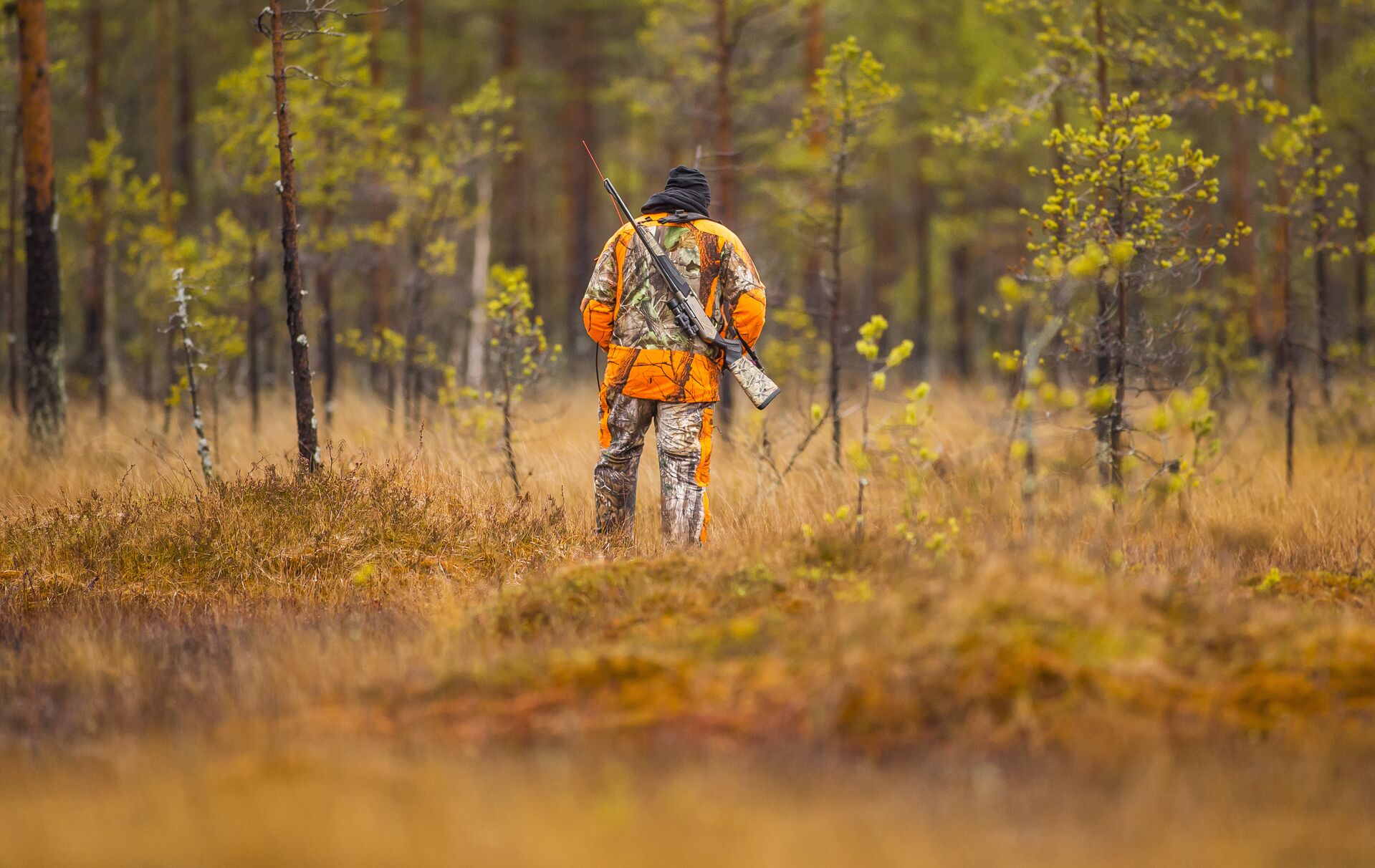
9. Low Risk to Non-Participants
Due to public awareness campaigns and mapping software and apps that make boundaries easier to see, hunting-related incidents involving non-hunters are exceedingly rare.
Federal and local agencies have improved the marking of designated hunting areas and separated them from public recreational spaces. In areas where those activities are shared, safety notices and markers at trailheads help promote cooperation and mark no-shooting zones.
10. A Proven Track Record of Safety
Hunting is statistically one of the safer outdoor activities. Hunting-related incidents have declined due to a combination of hunter education programs, regulations, and safety equipment advances.
Over the past 20 years, unintentional fatalities by firearms have dramatically decreased. Compared to deaths due to poisoning, fire, motor vehicles, drowning, and more, unintentional firearm fatalities in the U.S. comprise only a fraction of accidental deaths. This number of unintentional fatalities by firearm, including bows and crossbows, is significantly less in the subpopulation of American hunters.
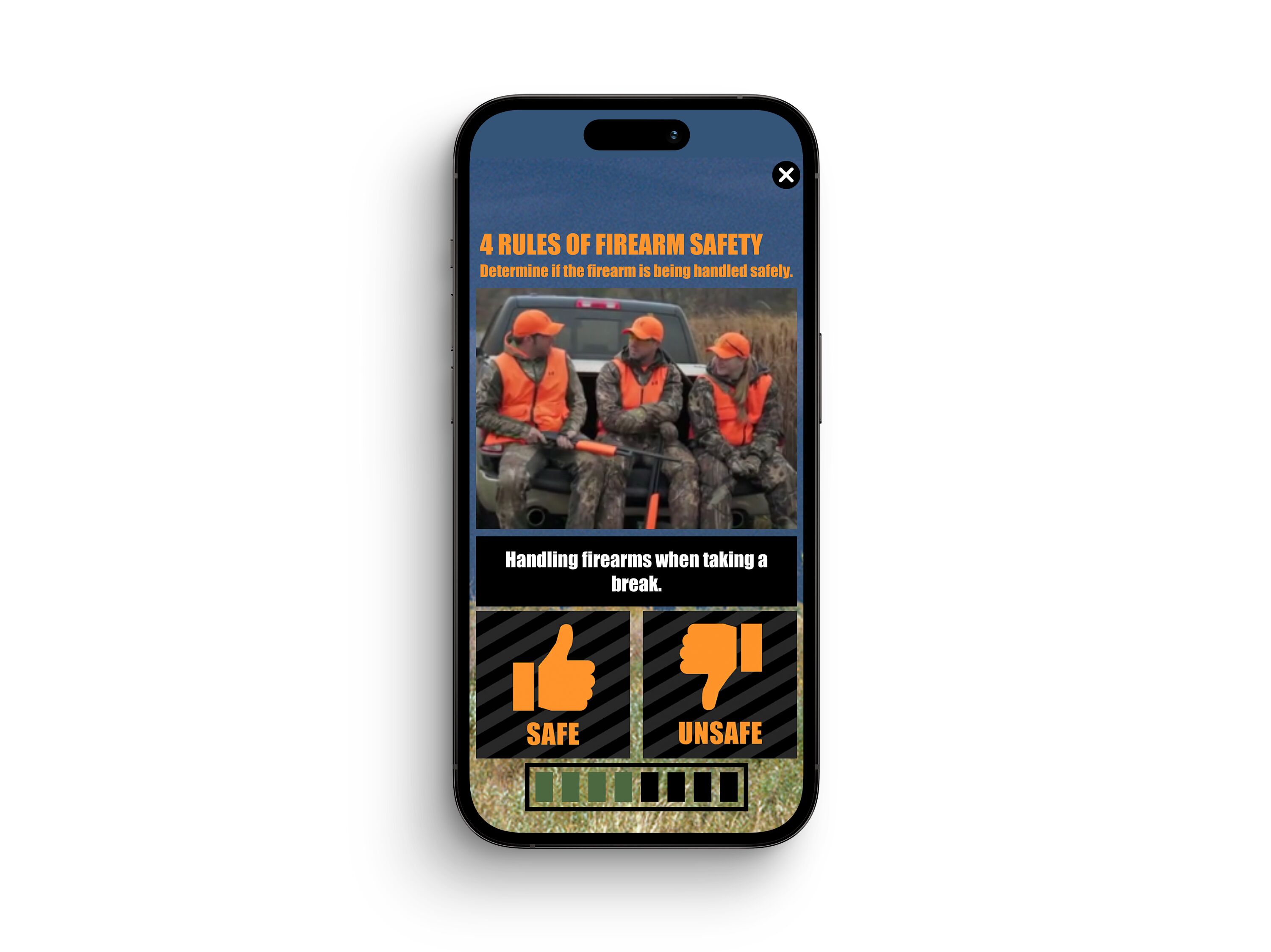
Learn Hunting Safety Tips With Hunter-Ed
For many, hunting is more than a seasonal pastime. It's a way of life based on a long conservation, safety, and responsible firearm use tradition. By following current best safety practices, hunters can minimize risk while enjoying their time in the field.
Regardless of your experience as a hunter, marksman, or archer, we recommend taking a state-specific hunter education course to sharpen your safety skills when in the field. State-approved courses, like those we offer here at ilearntohunt, teach everything from firearms handling to wildlife conservation.
After all, being a safe hunter begins with knowledge, so equip yourself with the skills and confidence to be responsible in the outdoors. Choose the online course for your state and enjoy our fun, gamified hunter education experience!

